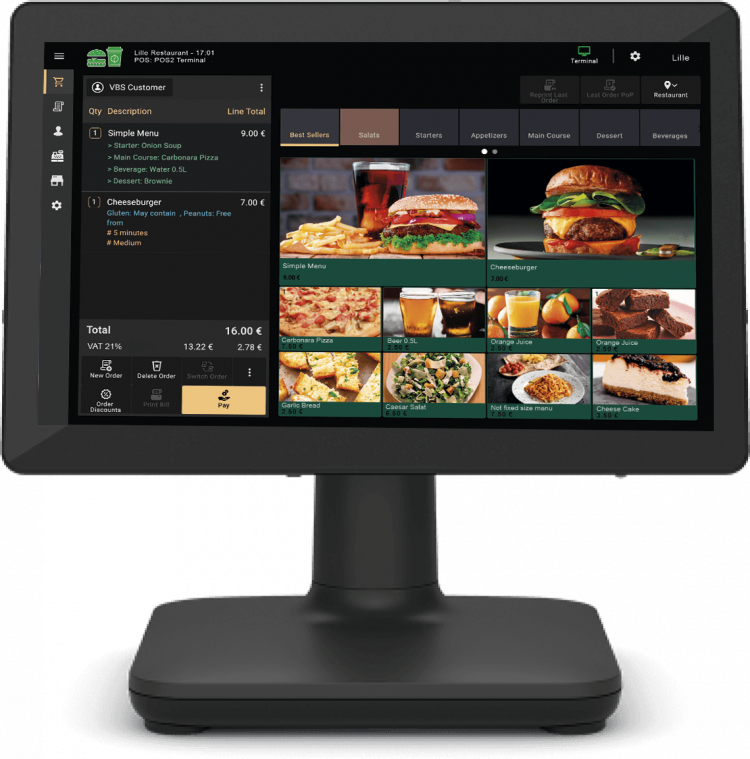How to improve customer service in Quick Service Restaurants

As quick service restaurants struggle with post-pandemic economic recovery, technology is becoming increasingly critical to win new business, improve the customer experience and streamline operations.
As customers seek safer, faster and more convenient experiences, digital technology is stepping up to provide new solutions to the unique problems facing quick service restaurants.
Here are some of the most significant technology trends today.
1. Cloud-based POS systems
More and more restaurants are abandoning their traditional legacy systems in favor of cloud-based POS systems.
The biggest advantage of these systems, besides being easy to use and intuitive, is their ability to store and retrieve data online. This facilitates access to relevant information anytime, anywhere and from any type of device, making them more scalable and usable.
Moreover, cloud-based POS systems are designed for much more than simply punching in a sale and helping to make change. Many of these are equipped to generate reports that can maximize business efficiency and allow you to manage multiple restaurants from a single point, reducing the time to open new locations with a scalable cloud POS.
2. QR codes for contactless ordering
QR code menus, ordering and payment are a pandemic-induced strategy that is here to stay. Whether it’s fine dining, casual dining or fast food, QR ordering is becoming increasingly common in restaurants around the world.
It is estimated that 50% of restaurants currently accept QR code payments and it is expected to become even more widespread in the coming years.
These systems and codes provide a fast and convenient way for customers to enjoy a better dining experience, especially by reducing waiting times and speeding up the ordering process.
On the other hand, contactless ordering and payment helps minimize human error in order taking, reduce waiting lines and improve the customer experience, while costing very little to implement.
3. Online ordering mobile app
Today, a large number of restaurants have incorporated their own online ordering system through mobile apps, designed to facilitate the delivery of customer orders without the need to visit the site or make a call.
From the customer’s perspective, restaurant apps have the obvious benefit of making their ordering experience faster, easier and more accurate. It also offers a variety of ways to pay for their order that don’t involve cash.
And from the restaurant owner’s perspective, the introduction of this technology offers even more benefits, such as:
- Reaching more mobile customers than via websites.
- Identify bottlenecks in delivery processes.
- Retain customers by adding social features and encouraging positive feedback.
4. Loyalty programs
Loyalty programs leverage customer data to increase sales and revenue, while making repeat orders more enjoyable for the customer.
A well-implemented customer loyalty program can help a restaurant gain a deep understanding of its customers’ needs and preferences, making it easier to adapt to market demand and stay ahead of the competition.
While repeat customers are rewarded with cash back programs and exclusive promotions that incentivize brand loyalty, they can attract friends and family to your restaurant through word of mouth and social media, and become an extension of your brand’s promotional activities.
Without a doubt, automation and optimization are helping more and more restaurateurs deliver quality food and service as quickly and conveniently as possible.



